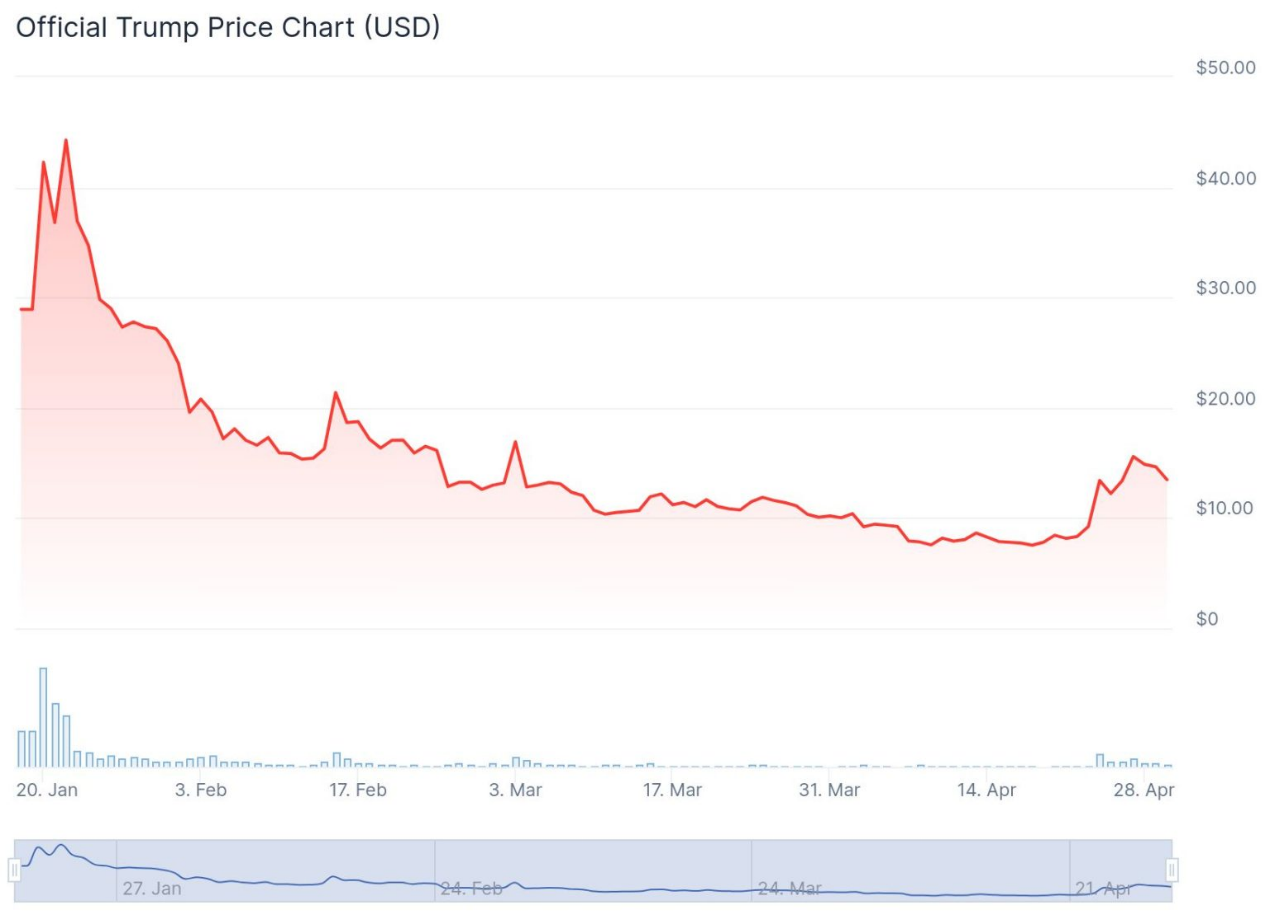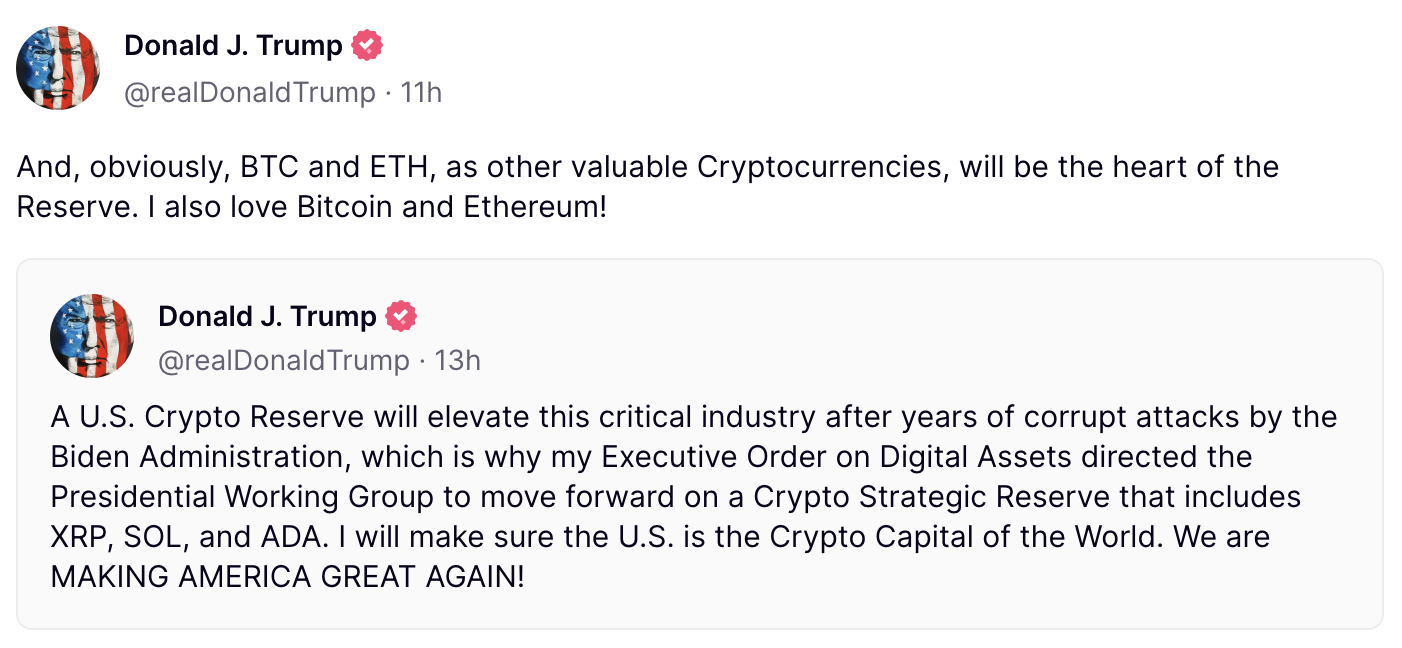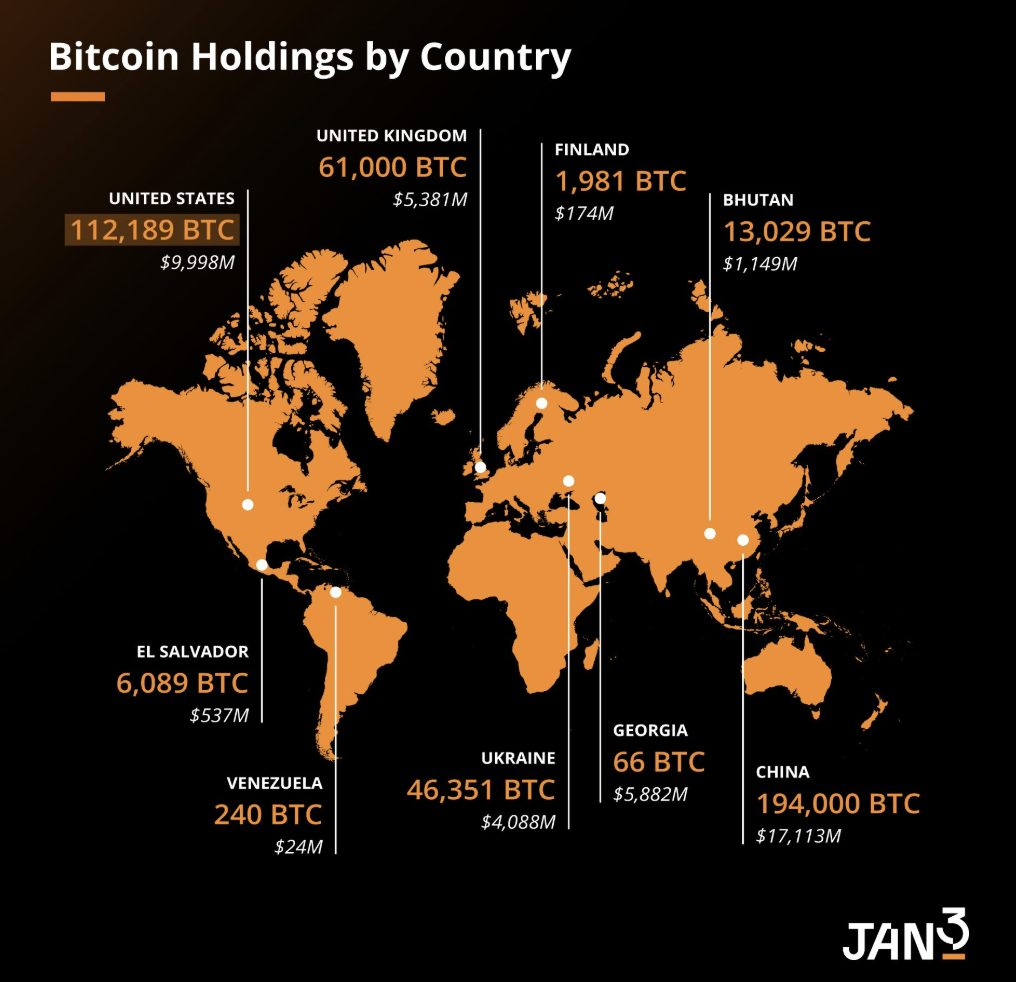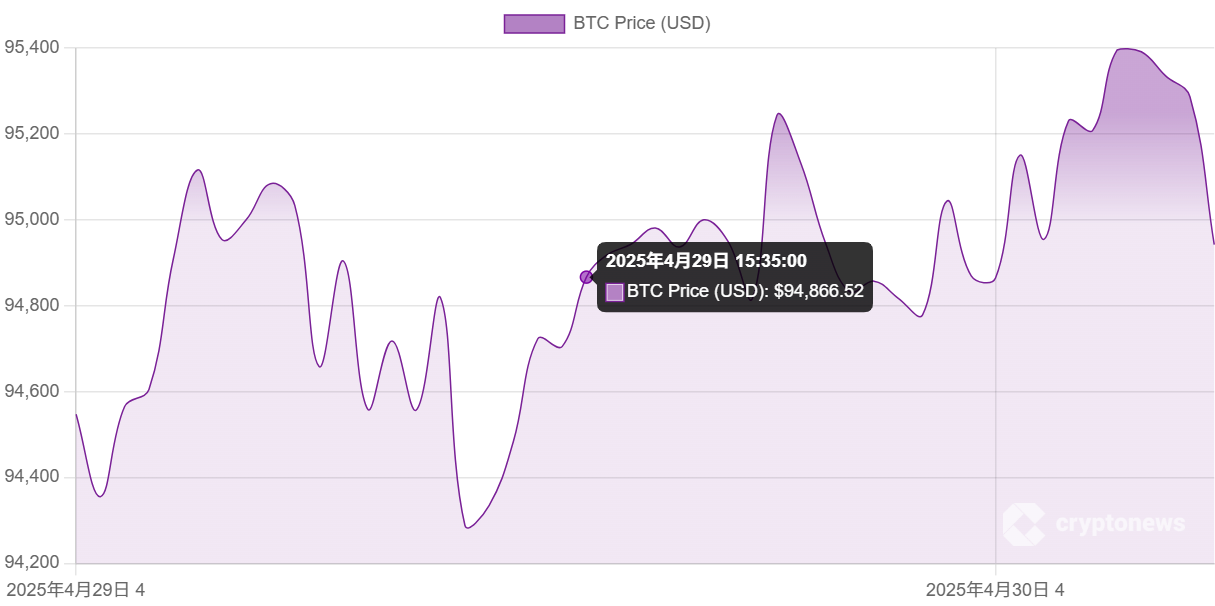Author: Connor Sephton, CryptoNews
Translated by: Felix, PANews
It has been 100 days since Trump returned to the White House, a period marked by global market turmoil, uncertainty, and chaos.
When Trump successfully secured re-election, the crypto market was filled with hope. However, despite some significant positive statements about Bitcoin made by Trump after taking office, crypto enthusiasts felt disappointed.
On the eve of his inauguration, Trump launched the official token $TRUMP, which sparked market frenzy but also controversy. Some critics argued that this move presented a clear conflict of interest and could even threaten national security.
Currently, $TRUMP has dropped 82% from its all-time high of $75.35 set on January 19. The performance of $MELANIA has been even worse, plummeting nearly 97%.

Source:_ CoinGecko
After Trump took office, speculation arose that he would sign a series of executive orders supporting cryptocurrencies on his first day, including the establishment of a strategic Bitcoin reserve. However, these orders did not materialize. On January 20, Bitcoin briefly soared to a record $109,000, but it never returned to that level.
Trump did quickly fulfill some campaign promises made at the Bitcoin conference in Nashville in 2024. Ross Ulbricht, the founder of the dark web marketplace Silk Road, received a full and unconditional pardon. In photos circulating online, he was seen smiling for the first time after being released from prison after 11 years. Reports indicated that Sam Bankman-Fried (SBF) was also lobbying for a pardon, but this has not yet been realized.
Meanwhile, several members of Trump's cabinet who were friendly towards Bitcoin quickly gained Senate approval. This included Treasury Secretary Scott Bessent, who claimed, "Cryptocurrency is about freedom, and the cryptocurrency economy will last."
Others faced severe scrutiny. Commerce Secretary Howard Lutnick was harshly criticized during his confirmation hearing, but he downplayed concerns regarding his company's relationship with the Tether stablecoin.
The White House appointed David Sacks as the first "czar" for artificial intelligence and cryptocurrency. Before taking office, he sold off his holdings of BTC, ETH, and SOL. This appointment received widespread praise, even from Trump's critic, Anthony Scaramucci, founder of SkyBridge Capital.
Additionally, Trump's businesses are increasingly venturing into the digital asset space, with the Trump Media Technology Group accumulating a significant cryptocurrency reserve and launching a series of exchange-traded funds (ETFs).
For Trump, there is a simple rule: always be prepared for the unexpected. As early as March 2, Trump suddenly announced on Truth Social that he intended to create a "U.S. Crypto Reserve" that would include XRP, Solana, and Cardano. Following this announcement, the prices of these altcoins surged significantly, with some rising as much as 70%. However, the initial post did not mention BTC and ETH, but subsequent clarifications emphasized that these two flagship digital assets would also "become the core of the reserve."

The news that Bitcoin would be mixed with other altcoins quickly sparked heated discussions, with experts calling the proposal "absurd" and "chaotic." Concerns were also raised about the feasibility of the plan, fearing it might require congressional approval to initiate, and specific details were scarce, with no information on funding allocation, sources of reserve funds, or when it would take effect.
All these issues ultimately became irrelevant. Trump made a sharp turn and quickly signed an executive order to establish a strategic Bitcoin reserve as originally planned—while also reserving other cryptocurrencies.
Although this marked one of the largest adoption milestones in Bitcoin's history, BTC was heavily sold off as investors digested the news. Why? Because the executive order stated that no new BTC could be purchased as reserves unless the acquisition could be completed without affecting the budget, except for Bitcoin seized from criminals. This was also bad news for XRP, SOL, and ADA, as the U.S. currently does not hold these tokens.
Bitcoin supporters had generally hoped that the U.S. would become a significant buyer of Bitcoin—and achieve the ambitious goal proposed by Senator Cynthia Lummis of accumulating 1 million Bitcoins within five years. However, using taxpayer money for such a purpose would be extremely hypocritical, especially considering Musk's commitment to significantly reduce federal government spending.
Data from Arkham Intelligence shows that the U.S. currently holds about 198,000 Bitcoins, worth approximately $18.8 billion. However, as noted by Samson Mow, CEO of JAN3, the actual size of the U.S. strategic Bitcoin reserve may be much smaller—because 95,000 Bitcoins will ultimately be returned to Bitfinex. Nevertheless, Mow is not pessimistic about this, believing that the significance of Trump's policy remains "substantial," as it will encourage other major economies to follow suit.

Shortly after Trump announced the establishment of the Bitcoin reserve, on March 7, the White House held its first cryptocurrency summit, attended by industry giants including Michael Saylor of MicroStrategy and Brian Armstrong of Coinbase. However, the summit received mixed reviews, with some analysts suggesting that "it felt more like a political stage than a meaningful policy forum."
However, investors faced more pressing issues, as Trump faced accusations of deliberately suppressing the stock market to force the Federal Reserve to lower interest rates. The S&P 500 index and the tech-heavy Nasdaq 100 index were severely impacted, and the close correlation between the two meant that Bitcoin's sell-off was even larger.
After "Liberation Day," the situation worsened, as the president announced comprehensive and punitive tariffs on some of America's closest trading partners, leading to a significant increase in the cost of imported goods. With the likelihood of a recession rising and the war of words between Washington and Beijing escalating, Bitcoin fell to around $80,000 in early April.
Bitcoin faced the risk of dropping below $75,000, a 30% discount from its historic high set on inauguration day. However, Trump confirmed a 90-day suspension of reciprocal tariffs on most countries while raising tariffs on China back to 145%, temporarily providing some relief to the market. Optimism further ignited when smartphones and computers were exempted from these aggressive trade policies. However, the White House's constant flip-flopping left investors feeling anxious and fatigued, with many now reducing their holdings in U.S. assets in favor of gold.
Today, keeping up with the constant stream of news from Washington is nearly impossible. Amid all this, Trump intensified his attacks on Federal Reserve Chairman Jerome Powell—stating on Truth Social, "The sooner Powell is fired, the better!"
Although the president typically lacks the authority to dismiss heads of independent federal agencies, a Supreme Court case could change this precedent, allowing Trump to begin intervening in the affairs of the Federal Reserve. Critics from across the political spectrum worry that this could lead to another market crash, as the S&P 500 index had once been on the brink of a bear market.

One key appointment was slightly delayed, that of Paul Atkins as chairman of the U.S. Securities and Exchange Commission, selected to replace the anti-crypto Gary Gensler. This appointment was finally completed last week, and one of his primary tasks will be to decide whether to approve ETFs tracking altcoins like XRP.
Meanwhile, despite the continuous decline in the price of $TRUMP, the team behind it devised a novel way to attract attention. They announced an "exclusive" dinner for the top 220 holders of the token, sparking a hoarding frenzy from now until May 12. Following this news, the value of $TRUMP surged by 64%.
However, some on crypto Twitter expressed unease, viewing the dinner as "a trap designed to sell off and profit more from those who bought in due to FOMO." One analyst urged those who bought $TRUMP at high prices to sell quickly.
Over the past 100 days, Bitcoin has fallen by 12%, while the S&P 500 index has dropped by 8.6%. The threat of tariffs remains ever-present. A new CNN poll shows that 59% of Americans believe Trump's policies have worsened the U.S. economy. About 60% think he has exacerbated the cost of living crisis, and an increasing number of consumers are concerned that a recession may be imminent.
Meanwhile, expectations for Bitcoin to reach new highs this year are rapidly fading. On the Polymarket platform, only 67% believe Bitcoin will surpass $110,000 by the end of 2025, while the probabilities of it exceeding $120,000, $130,000, and $150,000 have dropped to 54%, 40%, and 30%, respectively. In January of this year, these targets were considered quite conservative, highlighting the rapidly changing situation.
Trump's political unpredictability makes it nearly impossible to forecast what will happen next week, let alone next month or next year. This complicates predictions for Bitcoin's future trajectory. Any bold and confident price forecasts should be approached with caution.
The past 100 days have seen monumental changes, but there are still 1,361 days to go.
Related Articles: Trump's 100-Day Crypto Policy "Report Card": Why Promises Fail to Prevent Bitcoin's "Roller Coaster"?
免责声明:本文章仅代表作者个人观点,不代表本平台的立场和观点。本文章仅供信息分享,不构成对任何人的任何投资建议。用户与作者之间的任何争议,与本平台无关。如网页中刊载的文章或图片涉及侵权,请提供相关的权利证明和身份证明发送邮件到support@aicoin.com,本平台相关工作人员将会进行核查。




